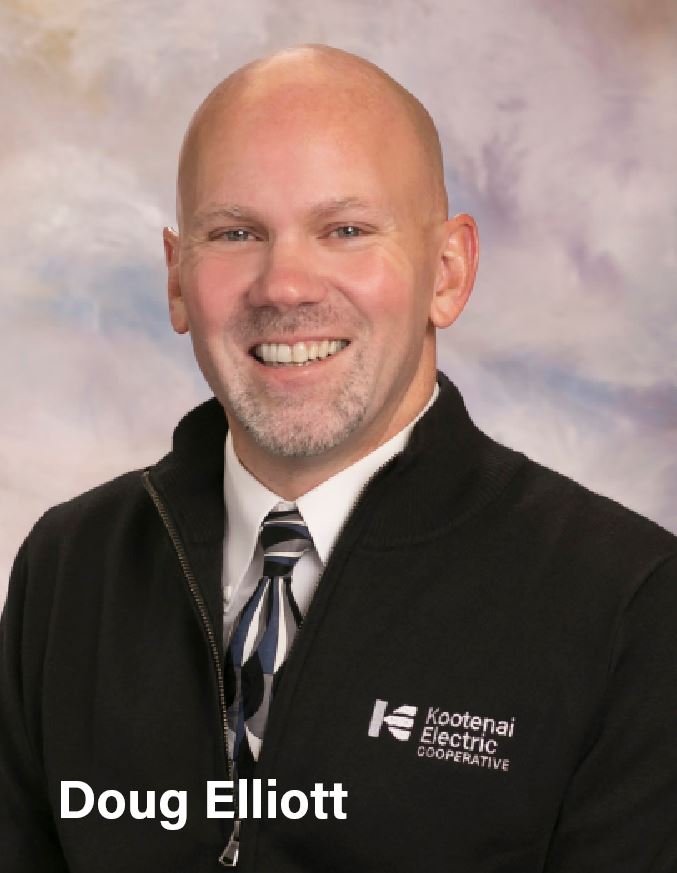 At the risk of stating what likely appears obvious, Kootenai Electric Cooperative (KEC) is an “electric cooperative.” But what exactly is that and why does it matter? Providing answers to those questions is the focus of this month’s PowerLines article. It is also the second article in the series I mentioned in last month’s newsletter.
At the risk of stating what likely appears obvious, Kootenai Electric Cooperative (KEC) is an “electric cooperative.” But what exactly is that and why does it matter? Providing answers to those questions is the focus of this month’s PowerLines article. It is also the second article in the series I mentioned in last month’s newsletter.
Did you know that KEC is one of over 800 electric cooperatives in the United States? Each traces its humble beginnings to the mid 1930’s, a time during which nine out of ten homes in the United States lacked electricity. Simple tasks like cooking meals, washing clothes, or even taking a bath with hot water were highly laborious. Reading by candlelight hampered life and resulted in many home fires. All that could be improved with electricity. The problem was, the electric utilities of those days were reluctant to spend the money necessary to extend service to rural America where most of Americans lived. It simply wasn’t profitable.
Wanting to fix this, Congress passed the Rural Electrification Act (REA) of 1935 making low interest loans available to utilities willing to extend service to rural areas. There were few takers. Frustrated by this, farmer-based cooperatives stepped up to the challenge. To aid that effort, and to realize the goals of the REA, Congress passed the Electric Cooperative Corporation Act of 1937. That act enabled these farmer-based cooperatives to exist as electric utilities and borrow funds from the REA. In January of 1938, 250 farmers from North Idaho formed what is now known as Kootenai Electric Cooperative.
Electric cooperatives are unique utilities. We are guided by seven principles which underpin everything we do (see below). For instance, we are owned and governed by those we serve. This is why we call our customers “members.” Most co-ops, including KEC, operate on a not-for-profit basis. For this reason, we don’t pay income taxes. Because we are member-owned and operate at-cost, we have access to low interest loans through federal and cooperative banks. And, we have access to the output of the federal dams built on the Columbia River. That power is sold to us at cost and is among the least expensive in the nation, as well as being carbon free. It currently represents the majority of our power purchases.

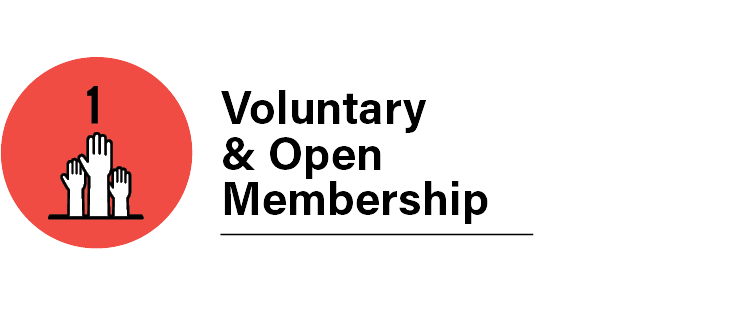
Membership in a cooperative is open to all persons who can reasonably use its services and stand willing to accept the responsibilities of membership, regardless of race, religion, gender or economic circumstances.
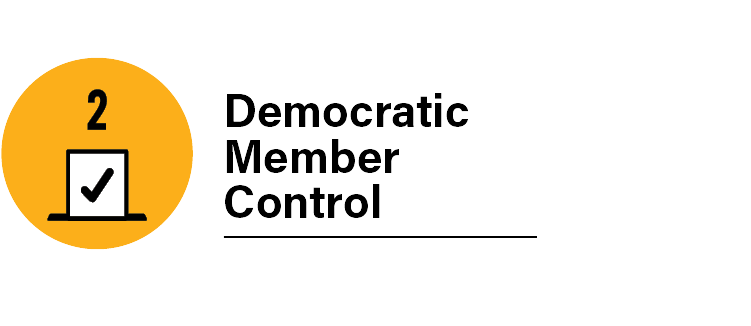
Cooperatives are democratic organizations controlled by their members who actively participate in setting policies and making decisions. Elected representatives, or directors, are elected from among the membership and are accountable to the membership. Members have equal voting rights (one member, one vote).
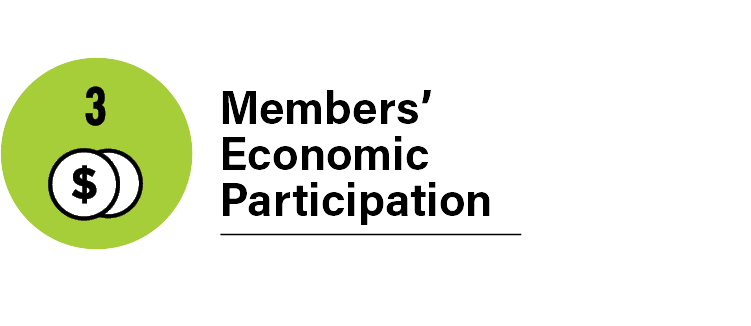
Members contribute equitably to, and democratically control, the capital of their cooperative. At least part of that capital remains the common property of the cooperative. Members allocate surpluses for any or all of the following purposes: developing the cooperative; setting up reserves; benefiting members in proportion to their transactions with the cooperative; and supporting other activities approved by the membership.
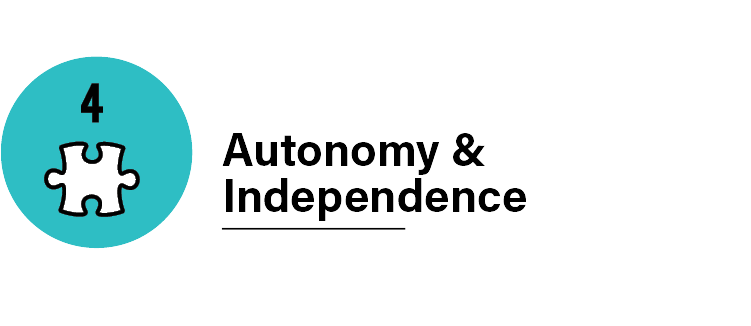
Cooperatives are autonomous, self-help organizations controlled by their members. If they enter into agreements with other organizations, including governments, or raise capital from external sources, they do so on terms that ensure democratic control as well as their unique identity.
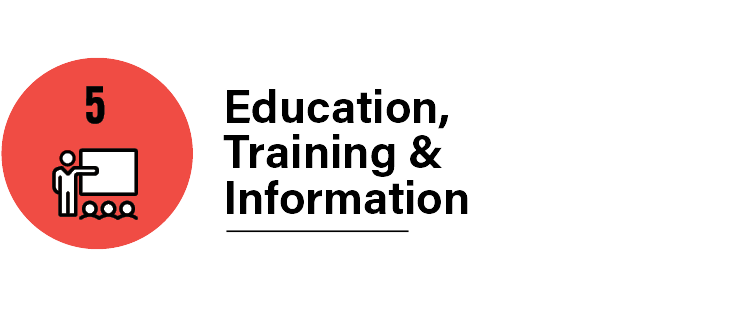
Education and training for members, directors, and employees help them effectively contribute to the development of their cooperatives. Communications about the nature and benefits of cooperatives, particularly with the general public and opinion leaders, helps boost cooperative understanding.
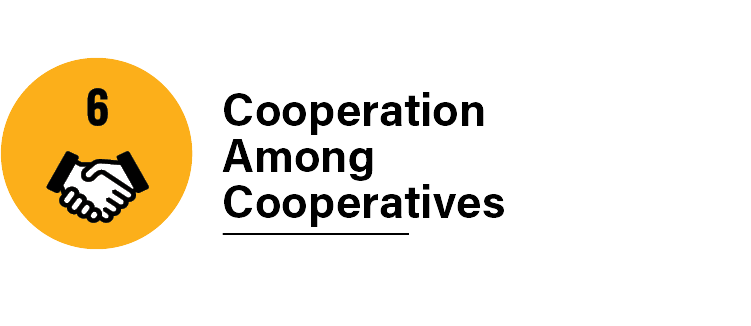
By working together through local, regional, national, and international structures, cooperatives improve services, bolster local economies and deal more effectively with social and community needs.
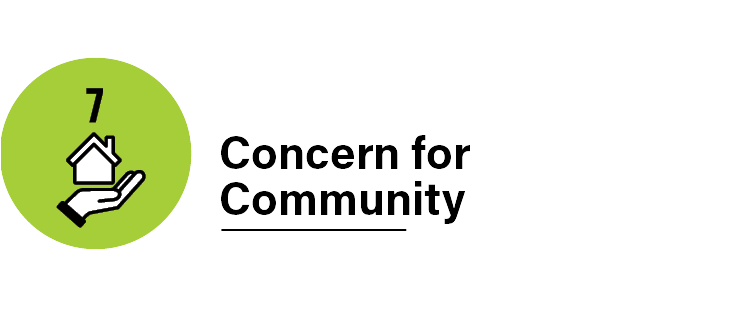
Cooperatives work for the sustainable development of their communities through policies supported by the membership.
Given these advantages, why are our rates not considerably lower than those of investor-owned utilities (IOUs)? The average co-op in the nation serves 15,000 homes and businesses. KEC is more than twice that size. Even so, we are only one-tenth of the size of the largest electric co-op in the United States and one-twentieth the size of the average IOU. Because co-ops continue to serve primarily rural areas of the country, we don’t benefit from the same economies of scale as IOUs. Consider this: It costs co-ops and IOUs about the same amount of money to install a mile long power line. But, due to our rural nature, the number of customers served by that line, and therefore whose rates pay for that line, is much lower for a co-op than for an IOU. KEC serves about 12 customers per mile of line. An IOU serves about three to four times that. So, the economic advantages that a co-op realizes by operating as a co-op help overcome the disadvantages it assumed when agreeing to serve the underserved and rural communities in which it operates.
In addition to co-ops and IOUs, there are other forms of electric utilities. For instance, some cities own and operate their own electrical utilities on behalf of their citizens. These are called municipal utilities. Regional examples include Seattle City Light, Tacoma Power and Idaho Falls Power. There are also quasi-governmental utility districts that own and operate electric utilities. These are called public utility districts (PUD). While these operate similarly to co-ops, they differ in their ownership and governance. A local example of a public utility district is Pend Oreille PUD north of Spokane. With co-ops, local control and member-driven governance remains key.
The focus of my next article in this series will be the power grid and how it operates. It will set the stage for the following three where I explain power supply in the Pacific Northwest. These articles will dive more deeply into subjects like the federal dams, types of generation, transmission, and the pressures being placed on the grid by forces such as the electrification of everything from the transportation industry to home and commercial heating.
